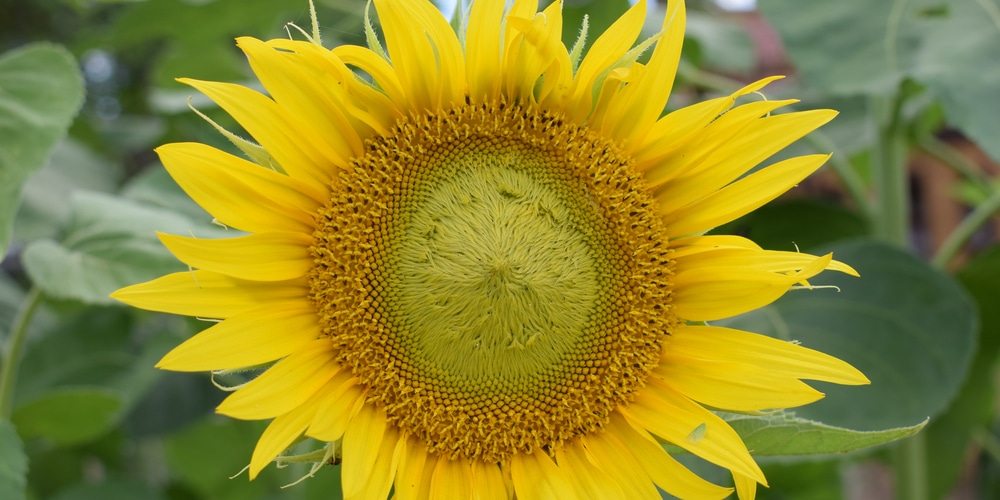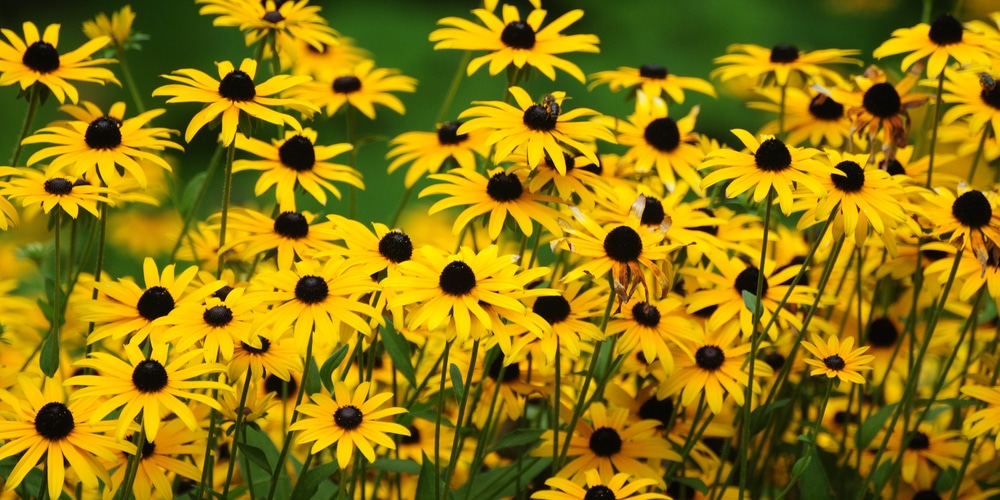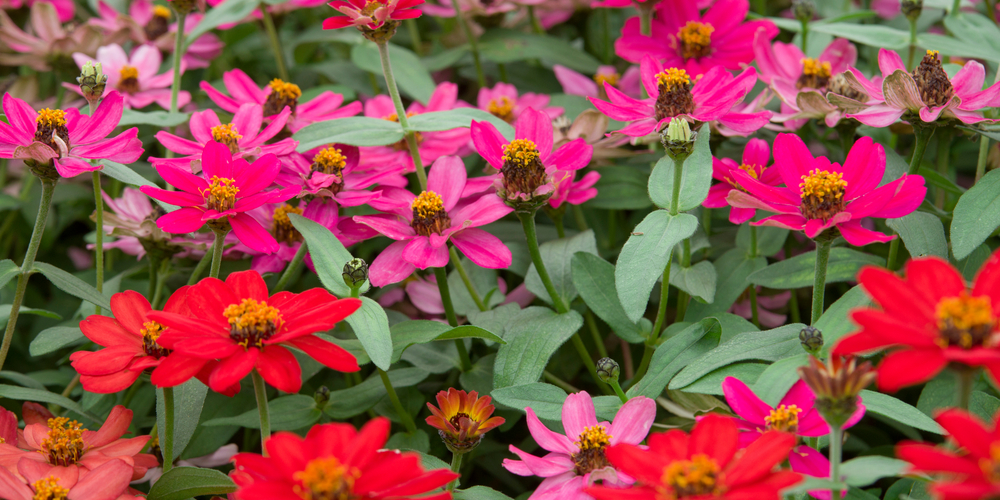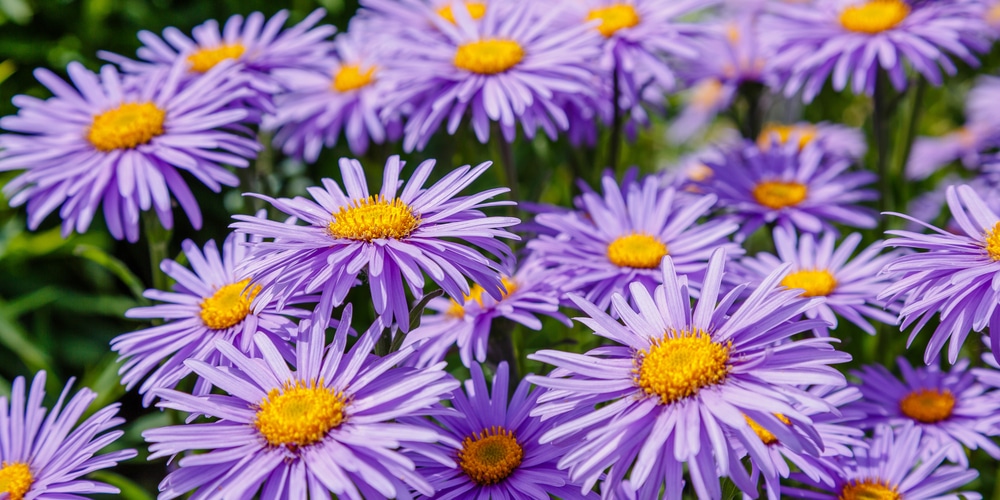Sunflowers are beautiful, bright yellow flowers commonly associated with summer because their heads follow the much-needed sunlight across the sky on long summer days. But sunflowers are also harvested as fall decorations. Does that mean they’re fall flowers?
In short, the answer is that they can be. It’s not so black-and-white (or rather, black-and-yellow) because there are so many possible varieties of sunflowers. Sunflowers generally bloom from summer to early fall, making them fall flowers.
When Do Different Sunflower Varieties Bloom?

If you’re looking to plant sunflowers, you first need to decide whether you’d prefer to grow an annual or perennial sunflower. Depending on your USDA plant hardiness zone, you might only be able to grow sunflowers annually, as perennials can’t tolerate cold winters.
Annual Sunflowers
Annual sunflowers need to be replanted yearly, but you can expect to see them bloom about 90 days after they’re planted. Usually, they’re planted in spring and bloom in the summer. They can also be fall flowers if planted late or if they are late bloomers.
The most common annual sunflower (and sunflower overall) is the Helianthus annuus. However, there are many different cultivars (cultivated varieties) of this species as well as around 50 more wild species of sunflowers, according to the National Science Foundation.
Need help choosing an annual cultivar for your garden? The Early Black Heart is a good option if you’re planting late and want to see fall sunflowers because it only takes 55 days to bloom.
A classic but smaller sunflower is the Choco Sun, which grows only a foot tall and blooms after around 80 days. Lastly, you might try Sunbrights because they’re a cultivar that is especially tolerant of colder, more northern climates.
Perennial Sunflowers
Perennial sunflowers are smaller than annuals, but they bloom every year. As late bloomers, they’re also more likely to be fall flowers than annuals.
Some favorite perennial sunflowers include Loddon Golds, a cultivar of Helianthus x multiflorus; willowleaf sunflowers (Helianthus salicifolius), and beach sunflowers (Helianthus debilis). Loddon Golds stand out for their two flowers per stem. Willowleaf sunflowers can grow as tall as 10 feet, and beach sunflowers are best for warmer growth zones (8-11).
Other Great Flowers for Your Fall Garden
Sunflowers aren’t the only gorgeous fall flowers. Any of these would make a great addition to your garden come autumn, alongside or perhaps instead of sunflowers.
A Lookalike: The Black-Eyed Susan
Black-Eyed Susans share the sunflower’s coloring but are much smaller and hardier. They are native to the central US and grow from there northwards (zones 3-7). They may be primarily summer flowers, but they’re relatively cold-tolerant perennials that may very well stick around into fall.
Colorful, Pollinator-Attracting Zinnias
Zinnias are like sunflowers because they’re also summer-early fall bloomers. They are annuals that only last one season, but they’re very easy to grow and butterflies and bees love them.
Late-Season Rebels: Asters
Asters are purple flowers known for blooming in the fall. They’re also perennials, so they’ll come back year after year and are tough enough to withstand growth zones 3-8, which covers most of the United States.
A Final Word on Fall Flowers
Sunflowers are a classic flower that certainly can persist or even bloom partway into fall. Consider your local growth zone and the wide variety of species and domesticated cultivars as you pick out sunflowers for your fall garden.
You might also consider the other fall-friendly flower species discussed here to brighten up your garden. Above all, enjoy nurturing whatever late-season plants you happen to choose. Gardening doesn’t need to come to a full stop post-Labor Day, even if you live in a wintry wonderland.


